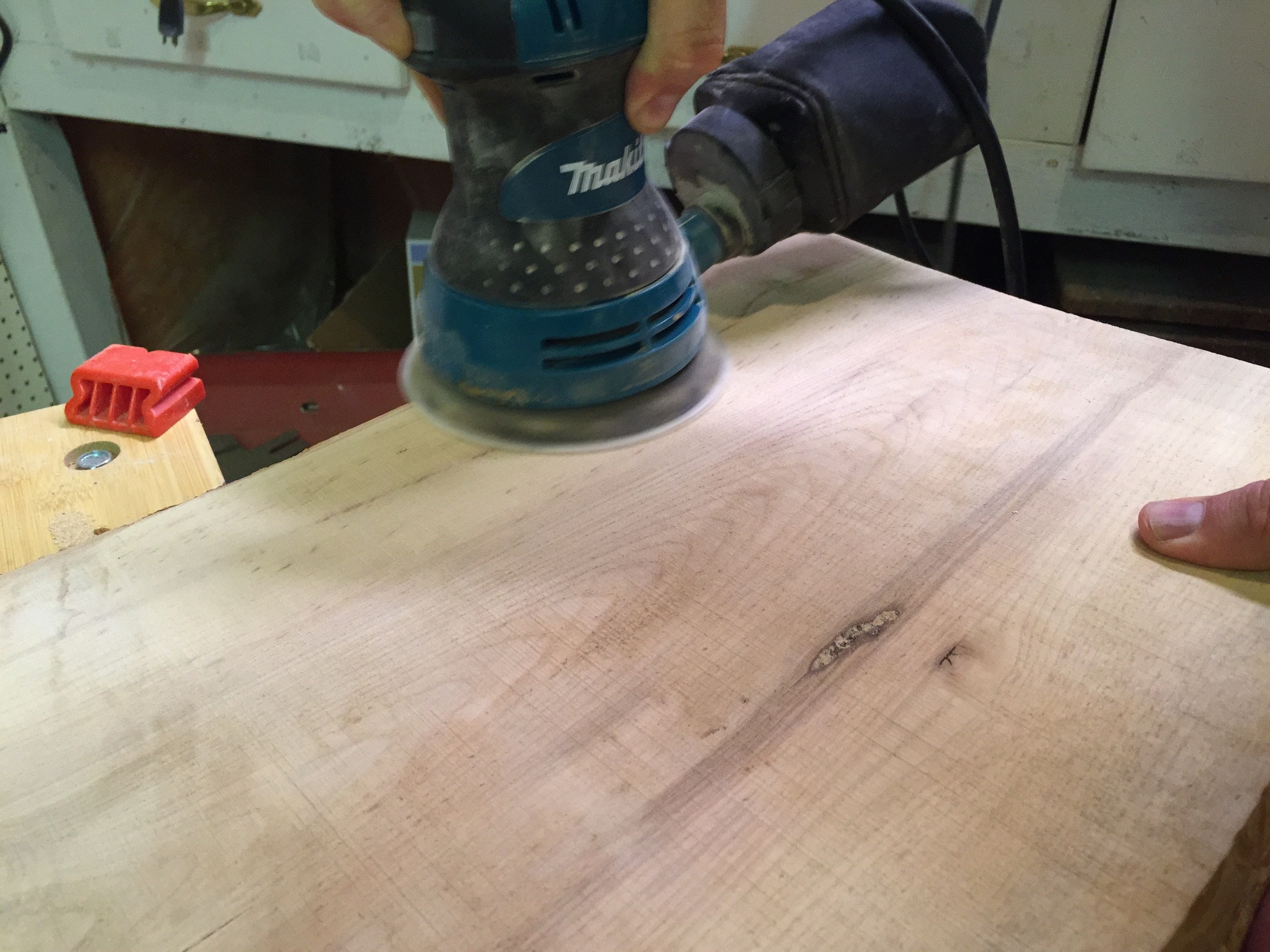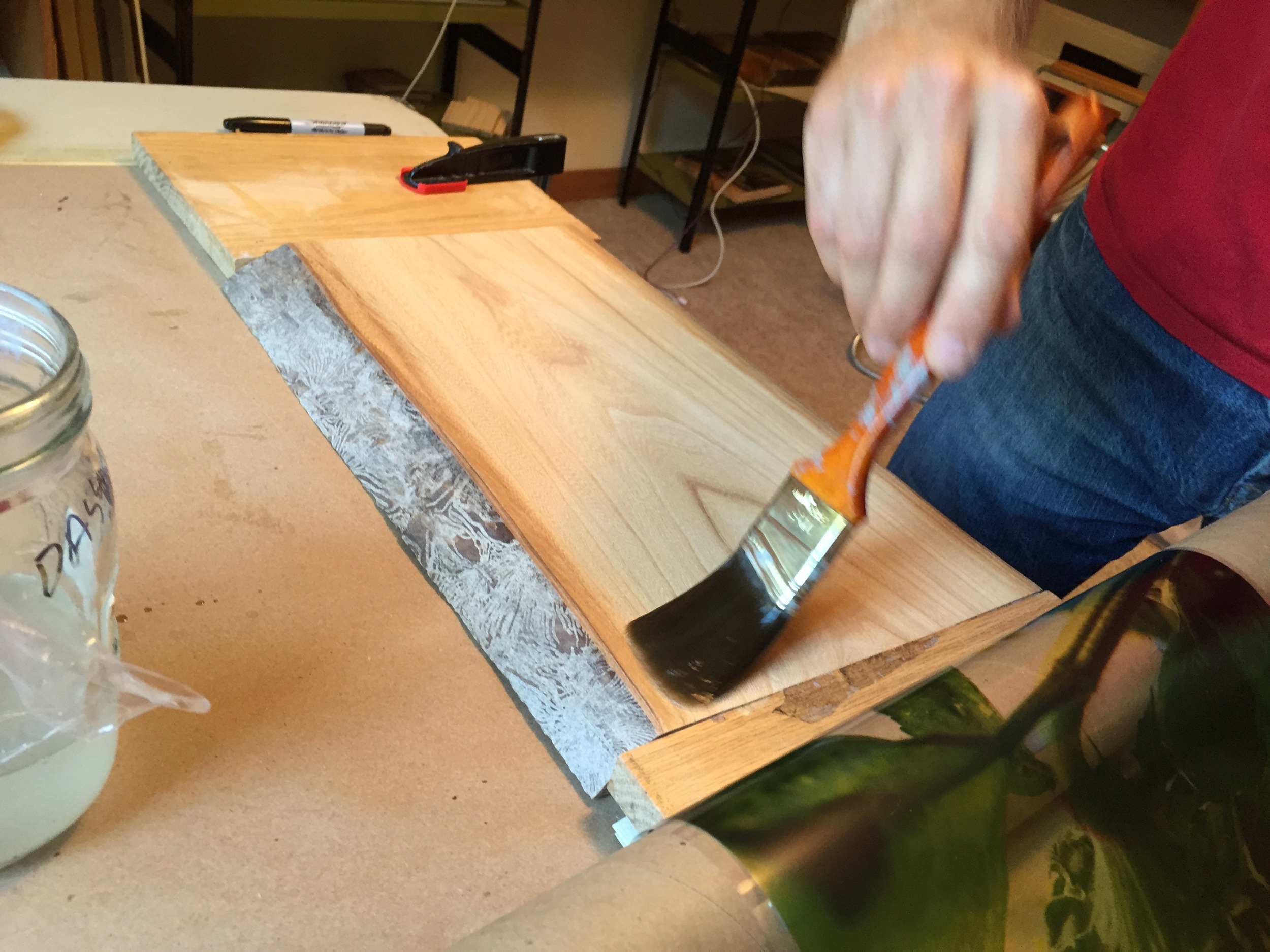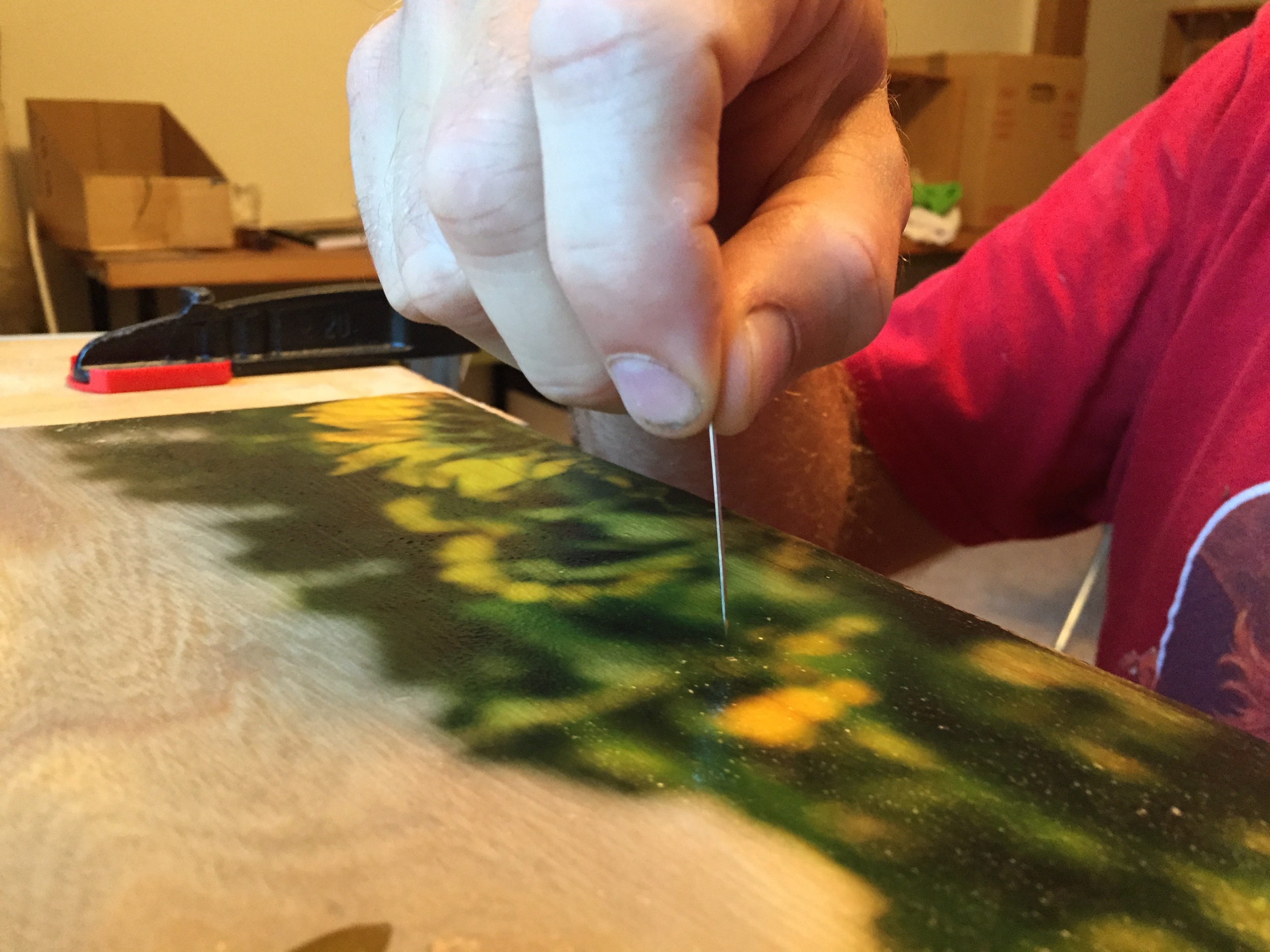Show Notes:
Terry was one of the people who inspired me to become a writer. He walked away from NASA at 50 and turned to writing an epic science fiction series that is now generating enough revenue that Terry is considering becoming a full-time writer. We talk about fearing rejection, finding your audience and the myth of "overnight success."
The Music
I wanted to find something with a space age feel and Sundowner delivered. They are based out of Manchester, England and can be found on Magnatune, and iTunes.
The Morning Won't Wait by Sundowner from the Sundowner album.
Cosmic Satan by Sundowner from the Sundowner album.
Please consider becoming a supporter of the show via Patreon!

Help change the world for less than a coffee a month!

Taking the Leap! podcast by Sean Howard is licensed under a Creative Commons Attribution-NonCommercial-ShareAlike 4.0 International License.



















































